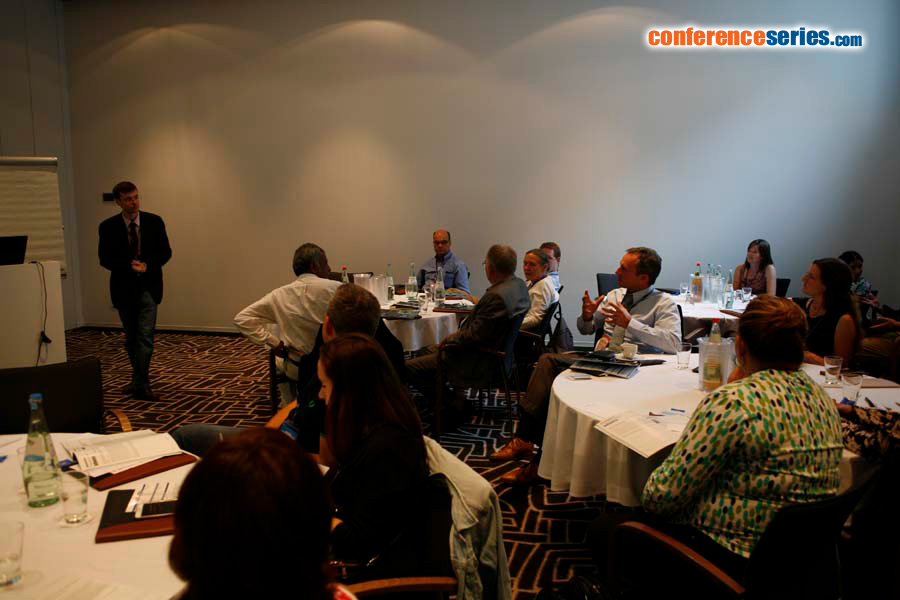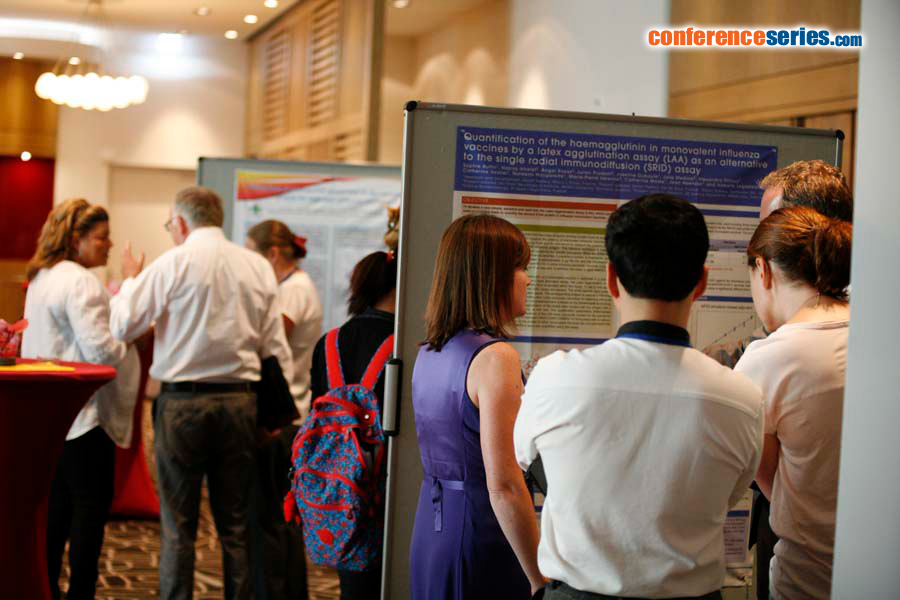
Jacob A Dunga
ATBU Teaching Hospital, Nigeria
Title: Types of human influenza virus among patient at Abubakar Tafawa Balewa University Teaching Hospital (ATBUTH), Bauchi, Nigeria
Biography
Biography: Jacob A Dunga
Abstract
Human influenza is an acute respiratory illness resulting from infection with an influenza virus, it is ahighly infectious virus and can spread rapidly from person to person,and some strains are more pathogenic than others. Nigeria suffered waves of Highly Pathogenic Avian Influenza (HPAI) outbreaks that peaked twice in February 2006 and February 2007.The burden of Influenza is likely to be under estimated in Nigeria. This study is expected to monitor the occurrence of influenza in this part of the country, with the aim of providing a foundation for detecting outbreaks and pandemics, mapping out common strains or emergence of a novel strain of influenza so as to create an early warning system to trigger a rapid public health response and specific vaccine for common strains.This study is a cross sectional survey, our target populations were all adult and pediatric patient admitted at the pediatrics and internal medicine department of ATBUTH who has met the criteria for Cough, fever (>37 o C), nasal congestion and dyspnea. Samples collected over 12 months were analyzed using the polymerase chain reaction (PCR) at national influenza reference laboratory (NIRL).Detection and subtyping of influenza viruses in respiratory specimens was done. Overall 49% female samples and 51% males samples were collected, 5% of the samples collected tested positive for human influenza type A and B, 60% of the positive result were among the female samples where as 40% from the male samples, among the positive sample about 80% were positive for Human Influenza type A (Flu A), whereas 20% where positive for Human Influenza type B (Flu B). There were more cases of human influenza among the age group 1 - 5years equals 3% of total samples collected compared to 1% each for 6 – 25years and 26 – 45years, the incidence were found to be less or absent among those > 45years.




